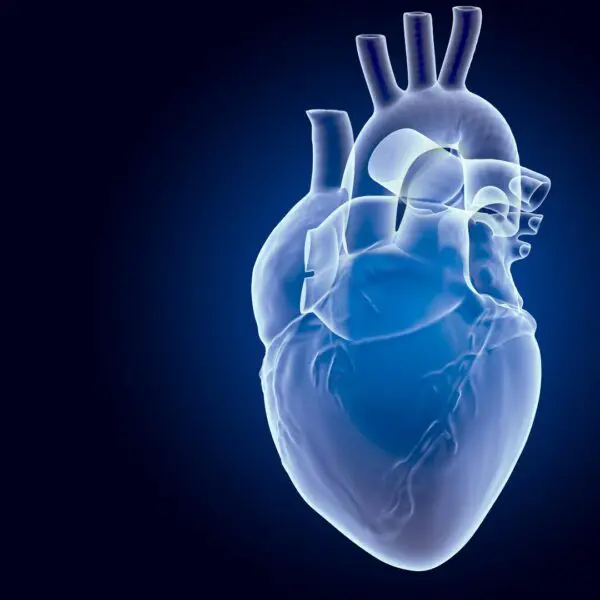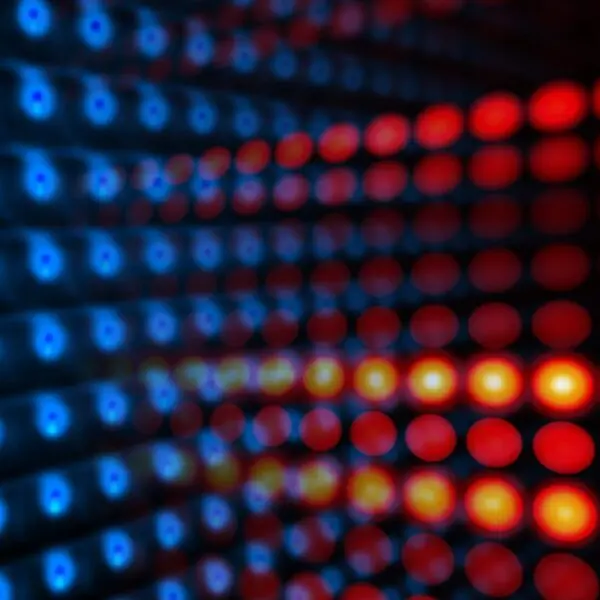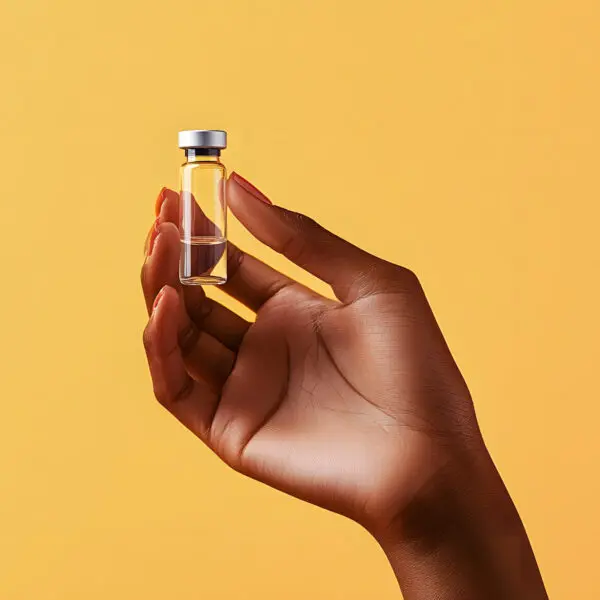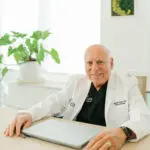Peptides are transforming the landscape of regenerative medicine. Among the most promising are BPC-157, TB500, and PDA, each playing a distinct role in healing, recovery, and anti-inflammatory response. These peptides are not just scientific breakthroughs; they represent a paradigm shift away from symptom management toward true biological regeneration.
What is BPC-157?
BPC-157 (Body Protection Compound-157) is a synthetic peptide derived from a naturally occurring protein in human gastric juice. Known for its regenerative and cytoprotective effects, BPC-157 has been studied extensively for tissue repair and inflammation reduction.
Key benefits of BPC-157:
- Stimulates growth hormone receptors
- Accelerates tissue healing (especially tendons, ligaments, and soft tissue)
- Enhances angiogenesis by activating VEGFR2 (vascular endothelial growth factor receptor 2)
- Improves blood flow and nutrient delivery to injured areas
- Reduces oxidative stress and inflammatory response
Its oral bioavailability makes BPC-157 especially useful for gastrointestinal disorders such as ulcerative colitis, while also being effective in treating musculoskeletal injuries.
What is TB500?
TB500 is a synthetic version of Thymosin Beta-4, a peptide found naturally in platelets and wound fluid. Unlike BPC-157, TB500’s primary function is the regulation of actin, a protein vital for cell structure and movement.
Core functions of TB500:
- Promotes rapid cell migration to injury sites
- Stimulates new blood vessel formation (angiogenesis)
- Supports the healing of muscle, skin, and cardiac tissue
- Reduces inflammation and oxidative stress
TB500 is particularly effective for muscle and skin injuries and is being studied for use in cardiac tissue regeneration following heart attacks.
Synergy Between BPC-157 and TB500
Although both peptides enhance healing and angiogenesis, they work via different biological pathways. BPC-157 upregulates growth hormone sensitivity and VEGF receptor activation, while TB500 regulates actin dynamics. Used together, they offer complementary benefits and may accelerate healing more efficiently than either peptide alone.
The Rise of PDA: A Legally Prescribed Regenerative Peptide
While BPC-157 and TB500 exist in regulatory gray areas, PDA (Pentadecapeptide Arginate) offers a more legally secure alternative. PDA is not FDA-approved but is legally available by prescription and produced in regulated facilities under strict quality control.
Why PDA stands out:
- Structurally similar to BPC-157, with added arginine for enhanced stability
- Promotes angiogenesis via VEGFR2 activation
- Boosts nitric oxide for improved circulation and vascular repair
- Stimulates fibroblast activity for collagen production
- Reduces inflammation by modulating cytokines like TGF-β
- Encourages tissue regeneration and protects cells from oxidative damage
- Exhibits potential neuroprotective and gut-healing effects
PDA also mimics the gut-supportive effects of BPC-157 while being more stable and easier to prescribe, making it ideal for clinical use under medical supervision.
Clinical Applications and Safety
Best uses for each peptide:
- BPC-157: Tendon/ligament injuries, GI disorders, chronic wounds
- TB500: Muscle repair, skin regeneration, systemic inflammation
- PDA: Healing support, tissue repair, gut and nerve health
These peptides are typically administered via injection, although BPC-157 can be taken orally. Side effects are rare and mild (e.g., site irritation or fatigue). BPC-157 has shown no toxicity in clinical trials, with no lethal dose established in safety studies. TB500 has demonstrated excellent tolerability in preclinical and clinical research. It’s worth noting that BPC-157 and TB500 are banned by the World Anti-Doping Agency due to their performance-enhancing properties, and their regulatory status varies by country, often limiting their use to research or supervised medical settings.
The future of regenerative medicine lies in understanding these complex biological mechanisms and leveraging them safely and effectively for optimal patient outcomes.
-Dr. P















